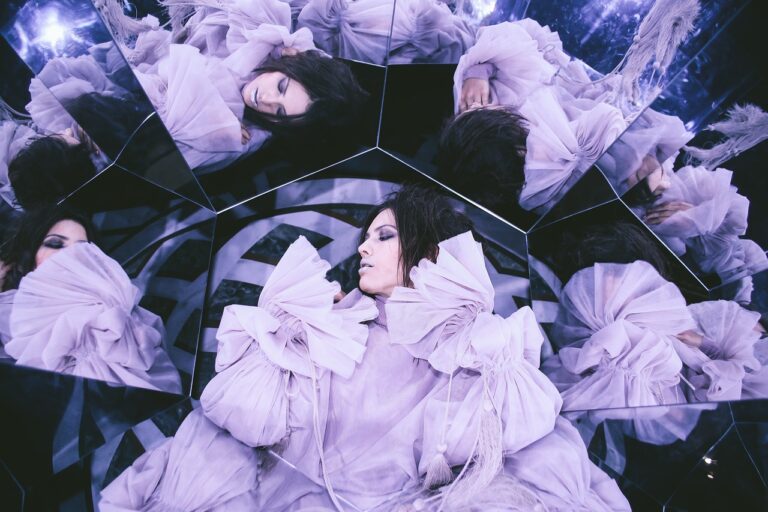Fashion and Gender: Breaking Stereotypes Through Style
Fashion plays a pivotal role in how individuals choose to express their identity and personality. The clothes we wear, the accessories we adorn, and even the hairstyles we flaunt all serve as visual representations of who we are and how we want to be perceived by others. In a world where first impressions count, fashion acts as a powerful tool for communicating our individuality without uttering a single word.
Through the unique combination of colors, patterns, fabrics, and styles, individuals have the freedom to craft a personal narrative through their clothing choices. Whether someone opts for a bold, eclectic look or a minimalist, understated ensemble, each outfit serves as a window into that person’s taste, values, and outlook on life. Fashion empowers us to express our innermost thoughts and emotions outwardly, creating a bridge between our inner selves and the external world that we navigate on a daily basis.
Exploring the Historical Influence of Gender on Fashion
Fashion has long been intertwined with societal perceptions of gender roles and expectations. Throughout history, clothing has been used as a means of differentiating between male and female individuals, with distinct styles and silhouettes associated with each gender. The influence of gender on fashion can be traced back to ancient civilizations, where clothing was not only a form of protection and comfort but also a reflection of one’s identity within the societal structure.
In the eighteenth and nineteenth centuries, Western fashion saw a more rigid division between masculine and feminine attire, with prescribed dress codes based on gender norms. Men’s fashion was characterized by tailored suits and structured silhouettes, reflecting notions of power and authority, while women’s fashion emphasized delicacy and adornment, often featuring corsets and voluminous skirts. These historical influences continue to shape contemporary fashion trends, albeit with a shift towards a more inclusive and fluid approach to gender expression in clothing.
Gender Neutral Fashion: Redefining Traditional Norms
Gender neutral fashion has been making waves in the industry by challenging traditional gender norms and stereotypes. This trend embraces inclusivity and diversity by offering clothing options that are not restricted to traditional male or female categories. The rise of gender neutral fashion reflects a shift towards breaking down societal expectations and allowing individuals to express their authentic selves through their clothing choices.
Designers and brands are recognizing the importance of creating pieces that are not limited by gender, leading to a more inclusive and diverse representation within the fashion world. By blurring the lines between masculinity and femininity, gender neutral fashion is empowering individuals to embrace their own unique style without conforming to rigid societal standards. This movement towards redefining traditional norms in fashion is not only challenging the status quo but also promoting a more fluid and accepting approach to personal style.





